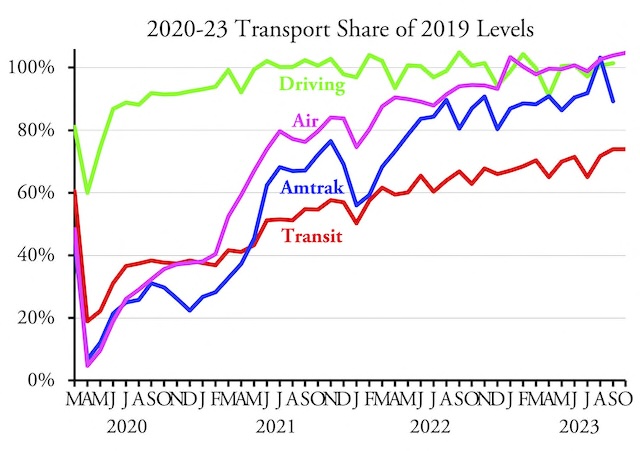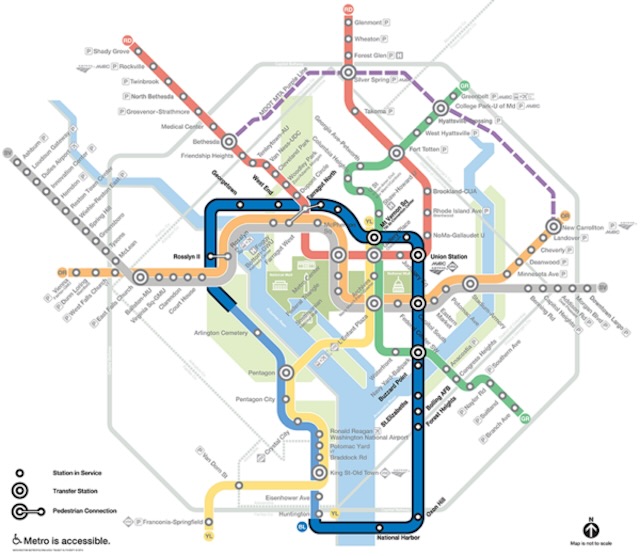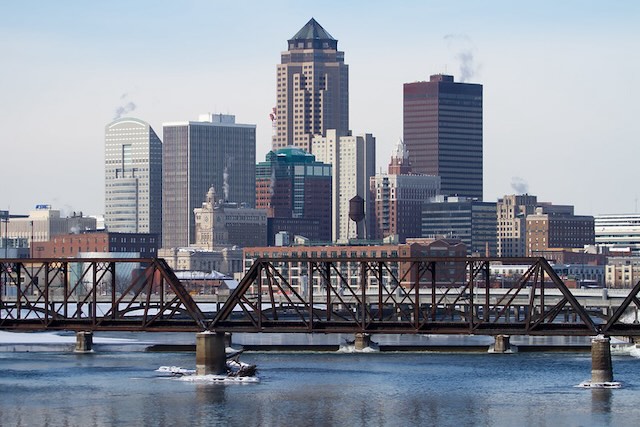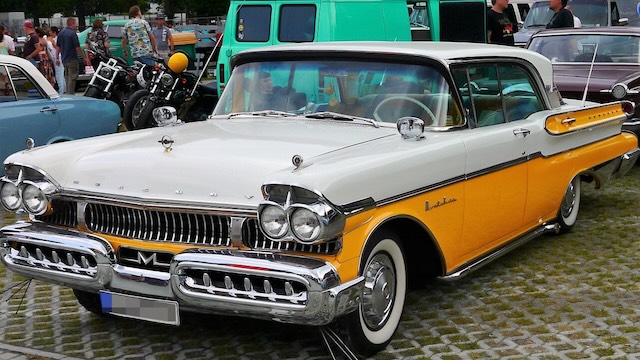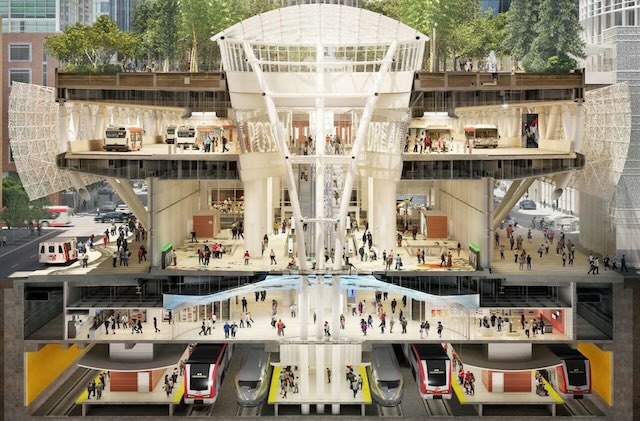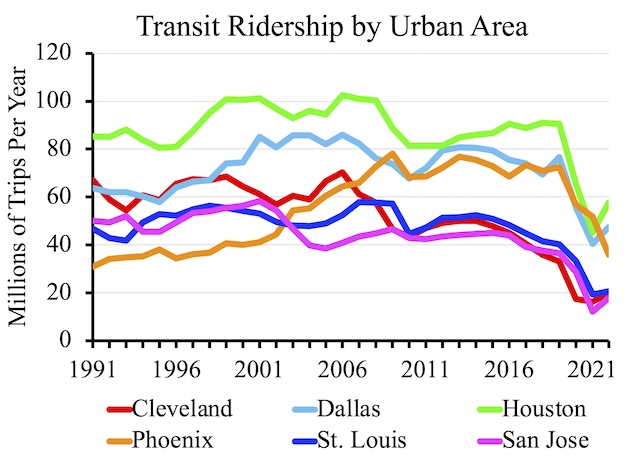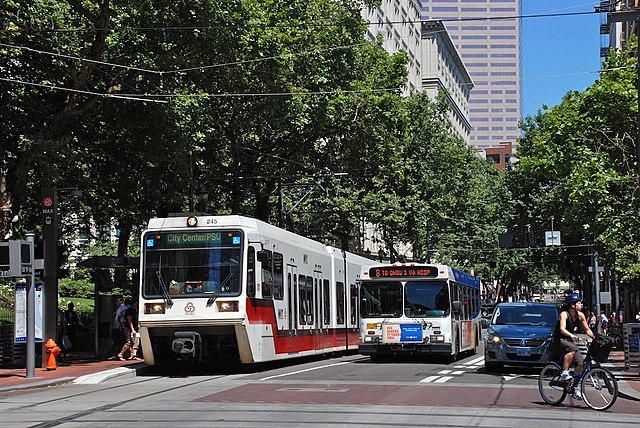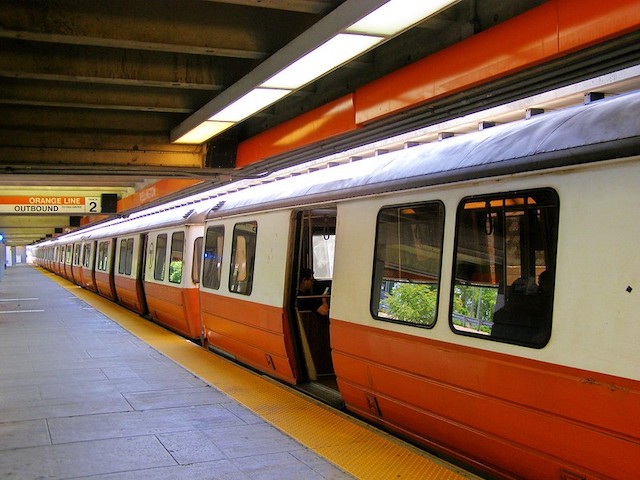The Santa Clara Valley Transportation Authority (VTA) and its predecessors serving San Jose and Silicon Valley have spent more than $7 billion (in today’s dollars) on rail transit. Yet it carried fewer bus and rail riders in 2019 than buses alone carried in 1986, before San Jose’s first light-rail line opened.
Lines show only origins and approximate destinations, not exact routes. Click image for a larger view.
This failure can be blamed on the usual suspects: rail transit is designed to take lots of people to a central hub, but less than 4 percent of Silicon Valley jobs are in downtown San Jose. In such an urban area, rail transit just because an expensive bus that doesn’t serve many people but does take money from potentially better bus service in the rest of the region. Continue reading

